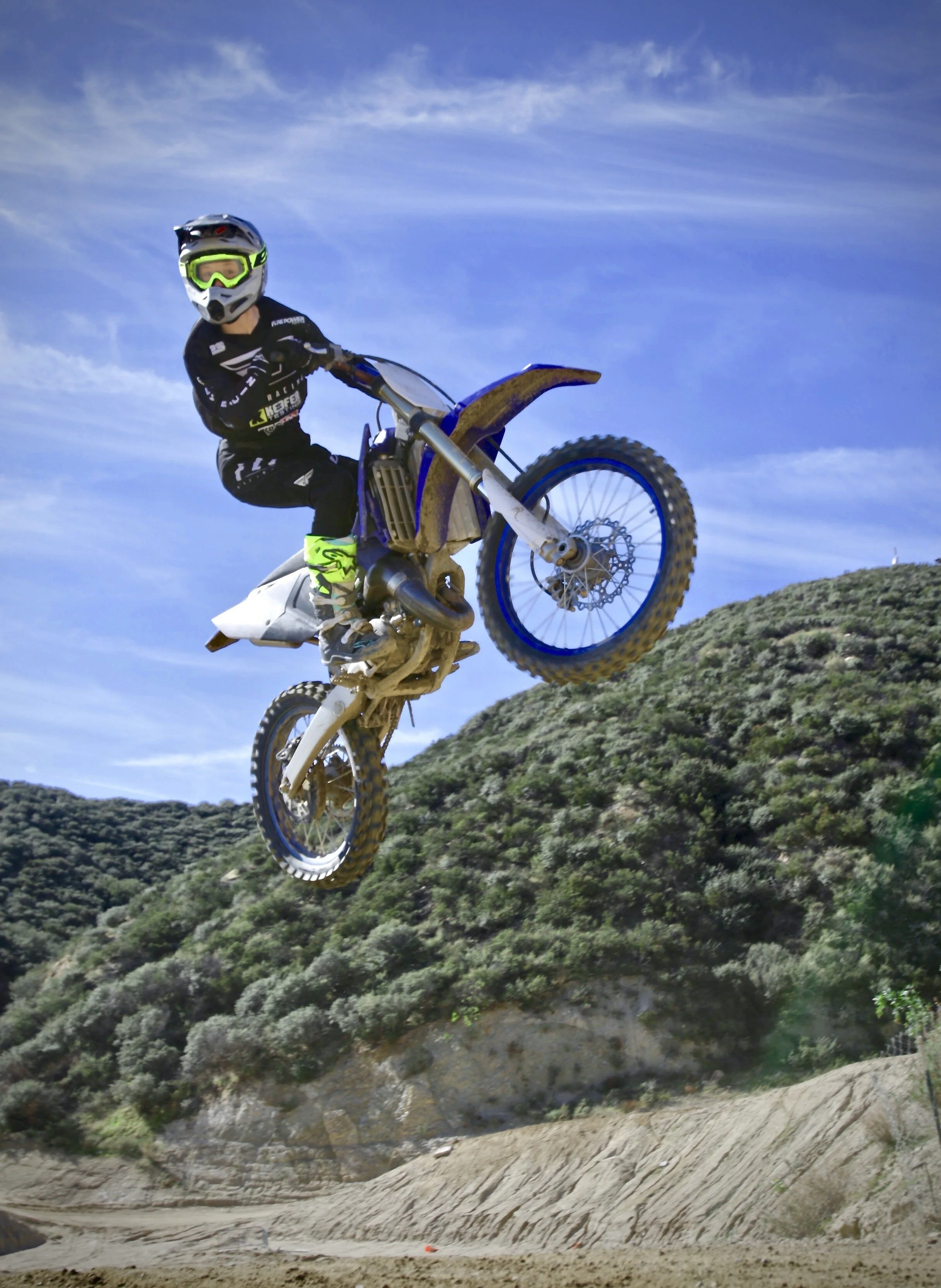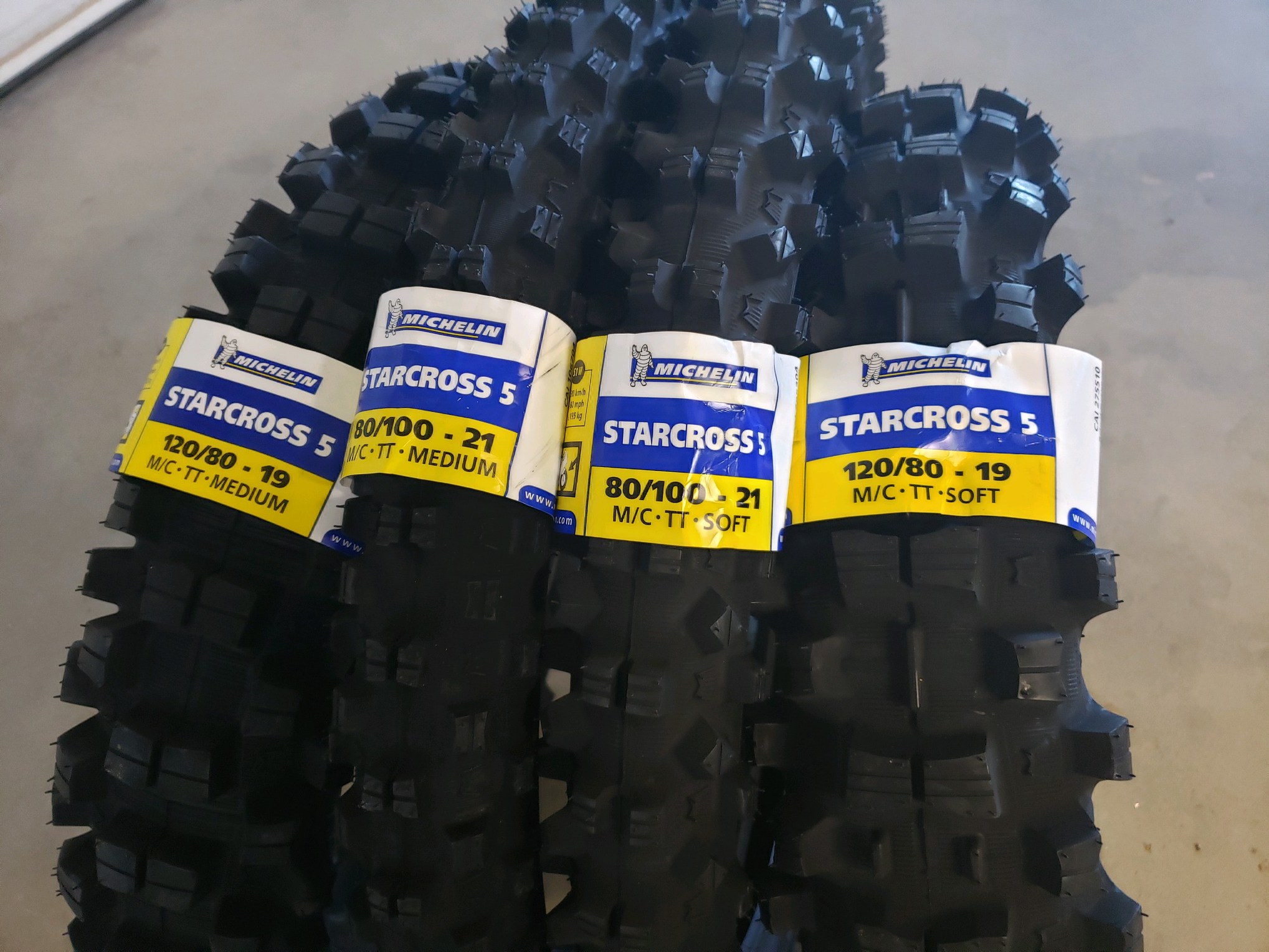If you’re a Yamaha guy, chances are you may be looking to get your cockpit a little more roomy right? The Yamaha YZ450/250F needs a better rider triangle in stock form so I scoured the internet to see if I could find a way to improve it. A lot of factory motocross teams run Raptor Footpegs and up until recently I didn’t even know they made custom offset pegs for current motocross machines. I discovered that Raptor Titanium makes two separate custom offset pegs that are 10mm back as well as 7mm down and weigh in at 300 grams per set. I ordered up both to see if it could help my cockpit woes.
Raptor Titanium is located in the UK and make these custom offset pegs to order, so there is some lead time on each order. I ordered my two sets and got them in approximately 25 days, which I was just fine with. Raptor pegs are developed in collaboration with OEM manufacturers and factory motocross/supercross teams, offer superior strength, crafted by British engineers using hand-fabricated, aerospace-grade 6Al-4V titanium and the latest manufacturing techniques to produce some of the most cleanest welds I have seen, they are CNC-machined back-end for precision fit, are ultra light-weight at only 300g per set (including springs), have razor-sharp teeth, a wider 24-tooth platform offering a greater surface area and come with a set of stainless springs.
The Raptor pegs are works of art and are very light when holding them compared to the stock pegs. Installation was fairly painless, but you will notice that the Raptor pegs will slightly have an upward bend to them unlike the stock pegs which sit fairly flat. I thought the slightly upward bend would bother me, but it actually keeps the ends of the pegs from dragging up faces of jumps or from digging into the ruts as much as the stock pegs (even with the different offsets). I decided on the RX003 design which has a middle bar/cleat (with teeth), but Raptor does have a peg that offers an open cleat design which really deters mud from packing in if you prefer that route. The teeth are super sharp and offer a superb standing platform and make it easier to feel more confident when standing on the balls of your feet. Sometimes with stock pegs, the teeth aren’t sharp enough for you to ride on your toes and you will slip off the peg easier. The Raptor pegs invite you to ride on your toes/balls of your feet more and offer you the security to get into the right foot position. Below are the two offsets that I tried from Raptor Titanium and how I felt about each position on a 2021 YZ450F.
10mm Back:
I tried this position first and quite honestly was surprised that I didn’t like it more. The position of the peg put my knees in an awkward position when I was braking which upset my technique. I also felt that by putting the pegs 10mm back, it made shifting and braking a little more difficult to get to for my size 10 feet. I am 6’0 and I personally think going 5mm back would be a better fit for me and my stature. I do like the position when seated going through corners as it prevents my knees from getting too close to the handlebars or from smacking them with my knees.
7mm Down:
This is was my favorite setting as it helped the cramped seated position of the stock pegs and allowed me to move around on the bike more freely because it allowed me to stand up easier without having to get too crouched. I also like that it didn't affect me when I scrubbed a jump or went through deep ruts. The 7mm down position still gave me enough ground clearance for both. Having the pegs 7mm down also gave me a more relaxed feel with the Pro Taper SX Race bar bend that I have on my bike and makes the dip in the stock seat not as apparent. If you’re 6’0 or over, I feel like a tall seat along with the 7mm down pegs could really change the way you feel on the Yamaha for the better.
Overall:
Yes, these are pricey, but if you’re looking for a more comfy feeling out of your Yamaha then going with one of these Raptor Peg options are a god send! There are only a couple companies that make offset pegs for the Yamaha, but the Raptor pegs seem to have the most quality out of the bunch. If it was any other bike than the Yamaha, I wouldn’t spend $300.00 American dollars for a set of footpads, but the Yamaha really needs this mod to help my tall lanky ass feel more comfortable when I am riding. To me it’s spendy buy, but necessary if you’re needing some cockpit help. Head over to www.raptortitanium.com to see more and place an order.
Since these are pricey, if you have any questions, please feel free to email me at kris@keeferinctesting.com

















